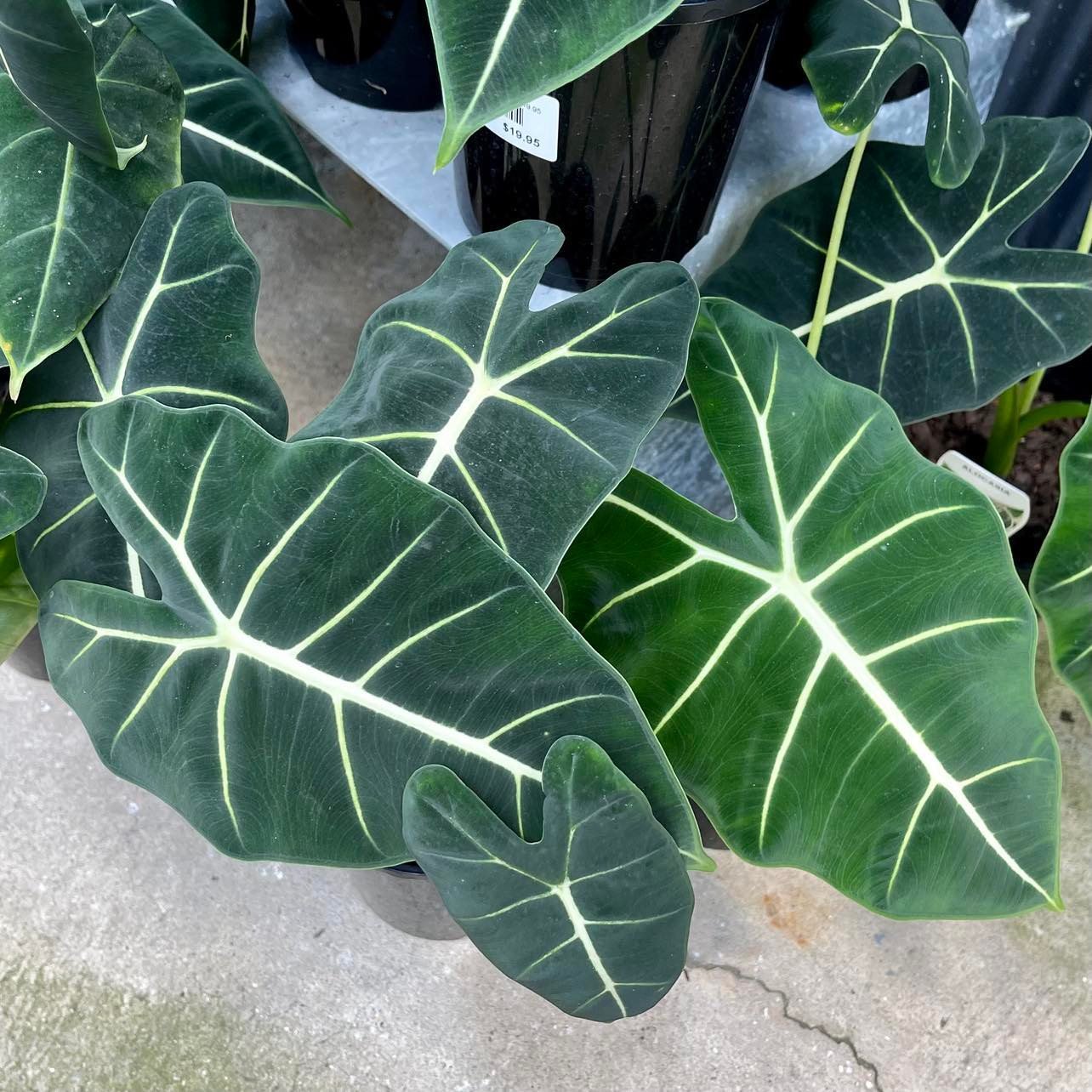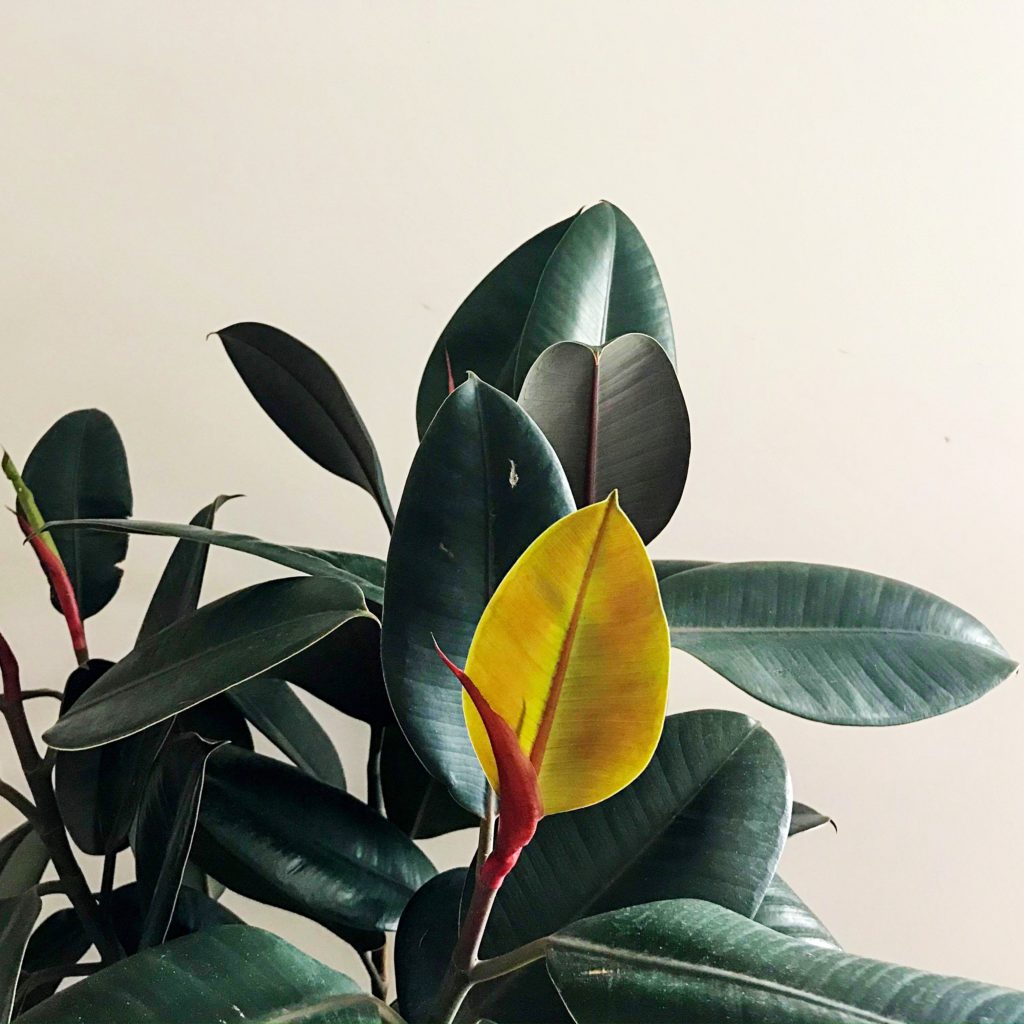Alocasia Frydek, also known as Alocasia micholitziana ‘Frydek’, Green Velvet, is a beautiful and exotic indoor plant with striking foliage. In this guide, we will cover everything you need to know about taking care of your Alocasia Frydek, including light, temperature, humidity, water, and fertilizing requirements, as well as how to identify and treat common diseases and pests.

Alocasia Frydek Quick Overview
| Feature | Requirement |
| Scientific Name | Alocasia micholitziana ‘Frydek’ |
| Common Names | Green Velvet, Velvet Black Beauty |
| Light Requirements | Bright, indirect light |
| Temperature | 60-85°F (15-29°C) |
| Humidity | High (60-70%) |
| Watering Frequency | Every 7-10 days |
| Soil | Well-draining, peat-based mix |
| Fertilizing Frequency | Monthly during growing season |
| Toxicity | Toxic to pets and humans |
Identification
Alocasia Frydek is easily identified by its velvety, dark green leaves with striking white veins. The leaves are arrowhead-shaped and can grow up to 18 inches long.
This plant is often mistaken for the Alocasia Polly or Alocasia Amazonica, but the Frydek has a more velvety texture and white veins, as opposed to the silver veins found in Polly and Amazonica.
Size
Alocasia Frydek is a relatively compact indoor plant. The leaves can grow up to 18 inches long and 12 inches wide, making a statement in any indoor setting. The plant itself can reach a height of 3-4 feet and a similar width, making it an excellent focal point for a room.
The growth of Alocasia Frydek is vertical, with new leaves emerging from the central stem. As the plant matures, the lower leaves will naturally die off, leaving the plant with a more top-heavy appearance. Regular pruning can help maintain the plant’s shape and encourage bushier growth.
Light Requirements
Alocasia Frydek thrives in bright, indirect light. Direct sunlight can scorch the delicate leaves, so it’s best to avoid placing the plant in direct sun. Ideal locations include a few feet away from a south, east, or west-facing window, or in a room with large windows that receive plenty of natural light.
If you notice your plant’s leaves becoming pale, it may be receiving too much light. Conversely, if the plant becomes leggy or the leaves start to droop, it may not be receiving enough light.
Temperature Requirements
Alocasia Frydek prefers temperatures between 60-85°F (15-29°C). It is sensitive to temperature fluctuations and drafts, so avoid placing it near drafty windows, doors, or air conditioning vents. During the winter months, it’s essential to keep the plant away from cold drafts and maintain a consistent temperature.
If you notice your plant’s leaves becoming yellow or developing brown spots, it could be a sign that the temperature is too cold or fluctuating too much.
Humidity Requirements
Alocasia Frydek enjoys high humidity levels, ideally between 60-70%. To maintain high humidity, place the plant on a tray filled with pebbles and water, or use a humidifier. Regular misting can also help keep the plant happy, but be careful not to overdo it, as excess moisture can lead to fungal diseases.
Curling leaves or brown leaf tips are signs that the humidity may be too low for your Alocasia Frydek. Adjust your humidity care practices accordingly if you notice these symptoms.
Watering Requirements
Water your Alocasia Frydek every 7-10 days, or when the top 1-2 inches of soil feel dry to the touch. It’s essential not to overwater, as this can lead to root rot. Use room-temperature water to avoid shocking the plant, and ensure that the pot has drainage holes to prevent water from sitting in the bottom.
Fertilizing Requirements
Fertilize your Alocasia Frydek once a month during the growing season (spring and summer) using a balanced liquid fertilizer diluted to half strength. Signs of under-fertilization include slow growth and pale leaves, while over-fertilization can lead to leaf burn and root damage.
Make sure to avoid fertilizing during the dormant winter months, as the plant requires less nutrients during this time. For more information on fertilizing indoor plants make sure to read our guide to fertilizing indoor plants.
Soil Requirements
Alocasia Frydek prefers a well-draining, peat-based potting mix. You can create your own mix by combining equal parts peat moss, perlite, and potting soil. This mixture will provide the plant with the proper drainage, aeration, and nutrients it needs to thrive.
You can also add some orchid bark or charcoal to the mix to promote root health and prevent root rot.
Diseases & Pests
Alocasia Frydek is susceptible to common indoor plant diseases and pests. Some of the most common issues include:
- Spider mites: These tiny pests can cause webbing and speckling on the leaves. Treat by wiping down the leaves with a damp cloth and applying insecticidal soap or neem oil.
- Mealybugs: White, cottony masses on the plant are a sign of mealybugs. Treat by wiping off the bugs with a cotton swab dipped in rubbing alcohol, and applying insecticidal soap or neem oil as needed. If you are struggling with mealy bugs make sure to read our guide to removing mealy bugs on indoor plants.
- Fungal diseases: Overwatering and high humidity can lead to fungal diseases like leaf spot and root rot. Ensure proper watering practices and air circulation around the plant to prevent these issues.
Toxicity
Alocasia Frydek is toxic to pets and humans if ingested, due to the presence of calcium oxalate crystals. Keep the plant out of reach of children and pets, and contact a poison control center or seek medical attention if ingestion occurs.
Common Problems
Alocasia Frydek can experience some common problems, including:
- Yellowing leaves: This could be a sign of overwatering, underwatering, or temperature fluctuations. Adjust your care practices as needed.
- Drooping leaves: Insufficient light or underwatering may cause leaves to droop. Ensure your plant receives adequate light and water.
- Brown leaf tips or curling leaves: Low humidity could be the cause. Increase humidity through misting, a pebble tray, or a humidifier.
By following this guide and adjusting your care practices as needed, you can enjoy the stunning beauty of Alocasia Frydek in your indoor space for years to come.



